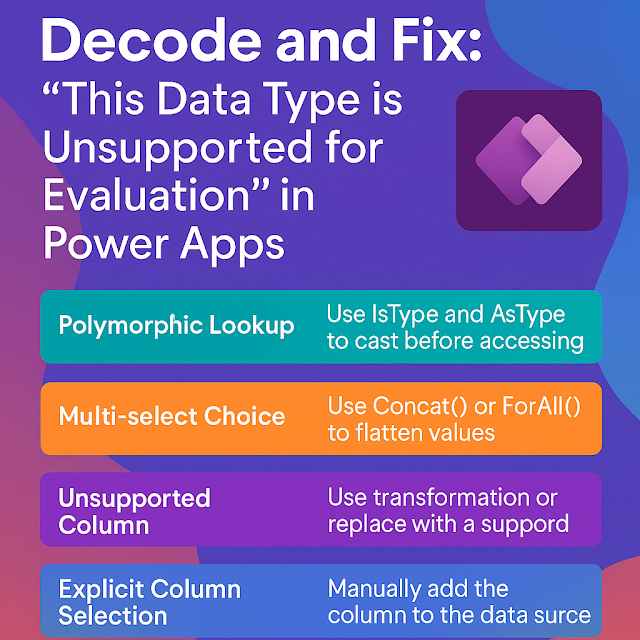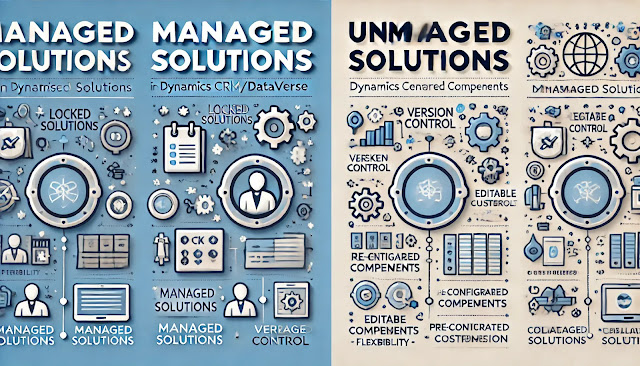Microsoft Dynamics 365 Customer Experience Analyst : Create emails by using templates
In Microsoft Dataverse, sending emails using templates helps organizations maintain consistency, accuracy, and efficiency in communication. Email templates allow users to create standardized messages that can automatically pull in dynamic data from Dataverse records—such as customer names, account details, or case numbers—using placeholders. These templates can be designed once and reused across entities like Contacts, Accounts, Opportunities, or Cases, ensuring that every email sent aligns with the organization’s branding and messaging guidelines. Users can select a template directly from the email form within Dynamics 365 or automate the process through workflows or Power Automate flows. By leveraging email templates, businesses save time, reduce manual entry errors, and deliver personalized communications at scale, improving overall customer engagement and experience.
1. Overview
In Microsoft Dataverse, email templates help users send consistent, professional, and personalized messages quickly.
They are especially useful when your business frequently sends similar messages—such as order confirmations, appointment reminders, case updates, or follow-ups.
Templates can include static content (text, logos, signatures) and dynamic fields (data automatically pulled from Dataverse records, like customer name or case number).
2. Types of Email Templates
There are two main types of templates you can create:
1. Standard (Global) Templates
- Can be used across multiple entities (e.g., Contact, Account, Opportunity).
- Common for messages like company announcements or event invitations.
2. Entity-Specific Templates
- Designed for a particular Dataverse table (like Case, Opportunity, or Lead).
- Allow inserting dynamic fields related to that specific table.
3. Steps to Create an Email Template
Step 1: Go to Settings
1. In Dynamics 365 (or Power Apps), navigate to:
- Settings → Templates → Email Templates.
- Or in the modern app designer, go to Advanced Settings → Templates → Email Templates.
Step 2: Choose Template Type
2. Click “New” and select one of the following:
- Global Template (usable across multiple entities)
- Entity Template (linked to a specific table, e.g., Case, Account, or Contact)
Step 3: Define Basic Information
3. Enter details such as:
- Title / Name: Internal name for the template
- Subject: Email subject line (you can include placeholders like “Thank you, {First Name}”)
- Email Type: HTML or plain text
Step 4: Add Dynamic Data
- Use the Insert/Update Template Data option to add dynamic fields from Dataverse, such as:
- Contact → First Name, Last Name
- Account → Company Name, Account Number
- Case → Case Title, Case ID
Example:
Dear {Contact.FirstName},
Thank you for reaching out regarding your case {Case.CaseNumber}.
We will update you shortly.
This automatically replaces placeholders with real data from the selected record.
Step 5: Format Content
- Add your text, company logo, and formatting using the built-in editor (supports HTML).
Step 6: Save and Publish
- Save the template and mark it as available for use.
It can now be selected in the email form or used in automated processes.
4. Use Email Templates
A. Manual Use
When creating a new email activity record, click “Insert Template”, choose the desired template, and select the related record (like Contact or Case).
The system automatically replaces dynamic fields with real data.
- B. Automated Use (via Workflows or Power Automate)
You can send template-based emails automatically using:
- Classic Workflows: Add a step “Send Email” and choose a template.
Power Automate: Use the Dataverse connector and add dynamic email content referring to a saved template.
5. Business Use Cases
6. Key Benefits
- Consistency: Ensures all outgoing emails follow brand tone and design
- Personalization: Auto-fills customer-specific details using Dataverse data
- Efficiency: Saves time—no need to draft the same messages repeatedly
- Automation-ready: Can be triggered through workflows or Power Automate
- Error Reduction: Reduces manual entry mistakes or missing data fields
7. Best Practices
- Use HTML templates for rich formatting and branding.
- Include dynamic placeholders for personalization (e.g., customer name, account number).
- Keep templates short, clear, and action-oriented.
- Test templates by sending sample emails to verify that dynamic fields populate correctly.
- Control access — only authorized users (e.g., marketing or admin roles) should edit templates.
Example: Support Case Acknowledgement Template
Subject: Case Acknowledgement – {Case.CaseNumber}
Body:
Dear {Contact.FirstName},
Thank you for contacting our support team.
We have received your case: {Case.Title}.
Our team will respond within {Case.ExpectedResolutionTime} hours.
Best regards,
{SystemUser.FullName}
Customer Support Team
When sent, this appears as:
Dear John,
Thank you for contacting our support team.
We have received your case: Login issue with portal access.
Our team will respond within 24 hours.
In Summary
Creating emails using templates in Dataverse simplifies communication by combining consistency, automation, and personalization. Templates can be created once and used manually or through workflows to deliver professional, data-driven messages across your organization — making them essential for sales follow-ups, service notifications, and marketing engagement.













Comments
Post a Comment